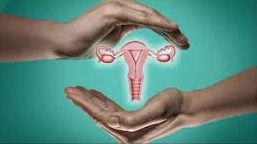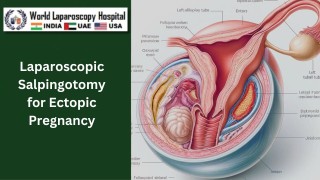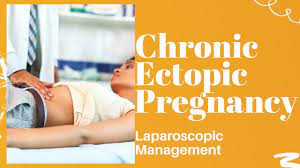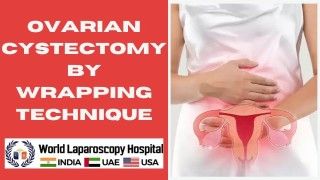Total Laparoscopic Hysterectomy: Integrating ICG & U-Kit and Safe Contained Morcellation
Add to
Share
1,809 views
Report
1 year ago
Description
Innovative Laparoscopic Hysterectomy: Integrating ICG & U-Kit and Safe Contained Morcellation Introduction Laparoscopic hysterectomy has revolutionized gynecological surgery, offering minimally invasive solutions with faster recovery times. Recent innovations in this field, particularly the integration of Indocyanine Green (ICG) and the use of the U-Kit for contained morcellation, have further enhanced the safety and efficiency of these procedures. This article explores these advancements and their implications in modern gynecological surgery. The Role of ICG in Laparoscopic Hysterectomy Indocyanine Green (ICG) has emerged as a game-changer in laparoscopic surgeries. In the context of hysterectomy, ICG is used for its fluorescent properties, which provide surgeons with enhanced visualization of anatomical structures. When injected, ICG binds to plasma proteins and remains intravascular, allowing for real-time imaging of blood vessels, bile ducts, and lymphatic vessels. This enhanced visualization is crucial in preventing accidental damage to these structures during surgery, thereby reducing complications. U-Kit: Revolutionizing Morcellation Morcellation, the process of cutting larger tissues into smaller pieces for removal, has been a topic of concern due to the risk of spreading undiagnosed malignancies. The introduction of the U-Kit in laparoscopic hysterectomy addresses these concerns. The U-Kit, a specialized set of instruments designed for contained morcellation, ensures that tissue is morcellated within a confined bag, reducing the risk of tissue dissemination. This innovative approach significantly enhances patient safety. Advantages of Combining ICG and U-Kit The integration of ICG and U-Kit in laparoscopic hysterectomy represents a significant leap forward in surgical safety and efficacy. The use of ICG provides unparalleled clarity in visualizing critical structures, thus minimizing the risk of inadvertent damage. Meanwhile, the U-Kit's contained morcellation system mitigates the risk of spreading potential malignancies. Together, these technologies ensure a higher standard of care, with improved outcomes and reduced recovery times. Clinical Outcomes and Patient Safety Studies have demonstrated that the use of ICG and U-Kit in laparoscopic hysterectomy leads to better clinical outcomes. The precision offered by ICG-guided surgery translates to less intraoperative blood loss, fewer complications, and a lower likelihood of reoperation. The U-Kit's safe morcellation technique not only preserves the benefits of minimally invasive surgery but also adds an extra layer of safety for the patient. Conclusion The integration of Indocyanine Green and the U-Kit in laparoscopic hysterectomy is a significant advancement in gynecological surgery. These innovations represent a harmonious blend of technology and surgical skill, leading to enhanced patient safety and improved surgical outcomes. As technology continues to evolve, it is likely that we will see further improvements in surgical techniques, benefiting patients worldwide. The future of laparoscopic hysterectomy is bright, with these innovations paving the way for safer, more efficient surgical procedures.
Similar Videos






